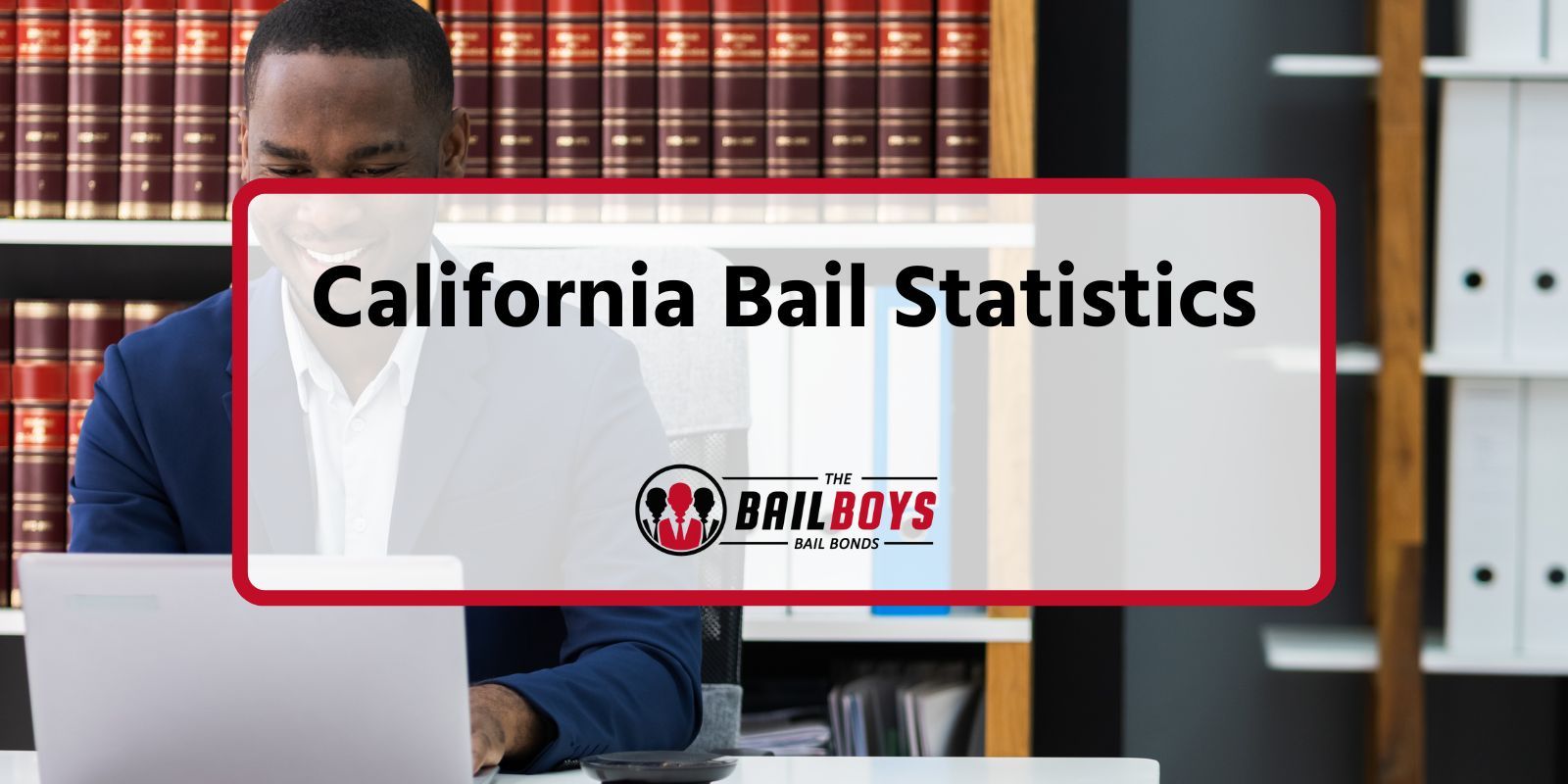
California Bail Statistics
Have you ever wondered how California’s bail system really works? How many people can post bail, and how many have to stay in jail before their trial? The answers to these questions lie in statistics – numbers that help us understand a big picture. In this article, we’re going to take a close look at these important numbers. By breaking down the complicated details into easy-to-understand facts, we will get a better grasp of how bail works in California. So, whether you’re studying for a school project, or just curious about how our state’s legal system works, get ready for an insightful dive into the world of bail statistics.
It’s a $2 Billion Industry
Believe it or not, the bail bond industry is big business for a variety of companies both large and small. As of 2020, there were more than 13,000 bail bond outfits in the U.S. that employ a minimum of 24,000 workers.
Average Bail Amount in California

The average bail amount in California is $50,000, significantly higher than the national average of $10,000.
This stat is pulled from the California Judicial Council’s Bail Schedule, which is a list of the presumptive bail amounts for various crimes. The Bail Schedule is updated annually, and the average bail amount has been steadily increasing in recent years.
The high average bail amount in California has a number of implications. First, it means that many people who are arrested are unable to afford bail and are held in jail until their trial. This can have a number of negative consequences, including the loss of employment, housing, and educational opportunities. Second, the high bail amounts can disproportionately impact people of color, who are more likely to be arrested and charged with crimes.
There have been a number of efforts to reform the bail system in California in recent years. These efforts have focused on reducing the number of people who are held in jail pretrial and on making the bail system more equitable. However, these efforts have not yet led to a significant decrease in the average bail amount.
How Many People Can Afford To Post Bail

The inability to afford bail is a significant problem in the criminal justice system in California. Only about 60% of people who are arrested in California are able to post bail, which means that about 40% of people who are arrested are unable to afford bail and are held in jail until their trial.
Here are some additional details about the inability to afford bail in California:
- Most people who are arrested simply do not have the financial resources to post bail.
- The inability to afford bail is more common among people of color. A study by the UCLA School of Law found that Black people are 3.5 times more likely to be held in jail pretrial than white people.
- The inability to afford bail can have a number of negative consequences, including the loss of employment, housing, and educational opportunities. It can also make it more difficult for people to get a fair trial.
Bail Bonds Don’t Reduce Local Prison Populations

The harsh reality is that the majority of inmates held in California’s county jails haven’t even been convicted of a crime. The state of California spends roughly $14 billion per year to detain defendants awaiting trial who may eventually walk free.
California Residents Who Can’t Afford Bail Can Still Secure Release
Thanks to a recent decision by the Supreme Court of California, a defendant’s ability to pay must be factored into the decision to grant bail. Consequently, the bail schedule employed by a county is no longer a hard-and-fast rule dictating pre-trial release.
Bail Amounts Don’t Reflect the Likelihood of a Failure to Appear
In California and many other states, bail amounts follow a set schedule and don’t necessarily correlate with a defendant’s past history. California in particular is notorious for setting bail amounts far above what the average person can afford to pay.
Bail Amounts Aren’t Necessarily Set in Stone

Ultimately, a judge will be the one who determines whether bail is required to reduce a defendant’s flight risk. What many don’t realize is that a bail amount can be appealed. A competent attorney can lower a bail amount with a little finagling.
Californians Who Jump Bail Rarely Encounter Bounty Hunters
Most bail bond agents don’t waste time physically detaining clients who fail to make appearances. They typically track down bail jumpers and tell local law enforcement where to find them. Nevertheless, it’s in the financial interests of pre-trial defendants to appear in court on time.
Stay on the Right Side of the Law With Bail Boys!
The state of bail bonds in California is a rapidly changing situation that’s difficult to navigate. If you need superior bail bond service, The Bail Boys is here to help. We handle bail bonds of all kinds from Alameda County to Riverside at a moment’s notice without breaking the bank!


